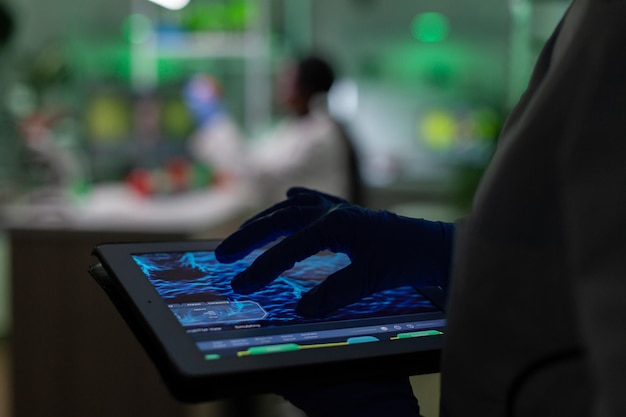In today’s digital age, digital evidence plays a crucial role in various investigations, legal proceedings, and security matters. Analyzing digital evidence effectively is essential to ensure accuracy, reliability, and authenticity. Whether you are a forensic expert, law enforcement officer, legal professional, or cybersecurity specialist, understanding the best practices for digital evidence analysis is paramount to successfully uncovering valuable insights and information. In this article, we will explore the key steps and techniques for analyzing digital evidence effectively.
Understanding Digital Evidence Analysis
Digital evidence analysis involves examining digital data to extract meaningful information that can be used as evidence in a court of law or other investigative settings. This can include analyzing emails, text messages, social media posts, photos, videos, documents, metadata, and more. The goal of digital evidence analysis is to uncover hidden patterns, relationships, and insights that can help investigators piece together a timeline of events, identify suspects, and establish the veracity of claims.

How is Digital Evidence Analyzed?
Digital evidence analysis involves several steps, starting with the identification and collection of digital evidence. Once the evidence is collected, forensic experts use specialized software to extract data from the devices without altering or damaging the original information. The extracted data is then analyzed to identify relevant information that can be used in the investigation. Finally, the findings are documented and presented in a format that can be used in a court of law.
Digital Video Restoration Services
One of the key components of digital evidence analysis is digital video restoration services. Companies like Cognitech specialize in providing advanced video forensic analysis tools that can enhance video quality, clarify images, and even recover data from damaged or corrupted videos. These cutting-edge tools can help investigators analyze surveillance footage, enhance license plate numbers, and even identify faces in low-light conditions.
Best Practices for Digital Evidence Analysis
- Preservation of Evidence: The first step in digital evidence analysis is to ensure the preservation of evidence. This includes making a forensic copy of the original data to prevent any alterations or tampering.
- Chain of Custody: Maintaining a chain of custody is crucial to establishing the integrity and admissibility of digital evidence in court. This involves documenting who had access to the evidence and when.
- Data Recovery: Using specialized tools and techniques, digital evidence analysts can recover deleted or corrupted data from storage devices such as hard drives, USB drives, and smartphones.
- Metadata Analysis: Metadata contains valuable information about the origin, creation, and modification of digital files. Analyzing metadata can provide crucial insights into the authenticity and integrity of digital evidence.
- Digital Video Restoration Services: In cases involving digital video evidence, utilizing digital video restoration services can help enhance video quality, clarify details, and improve overall visibility. Companies like Cognitech offer advanced video enhancement solutions for forensic analysis and investigative purposes.

The Role of Forensic Experts in Digital Evidence Analysis
Forensic experts play a critical role in analyzing digital evidence and presenting their findings in a clear and concise manner. These experts are trained to follow strict protocols and guidelines to ensure the accuracy and reliability of their analysis. Their expertise in data recovery, metadata analysis, video enhancement, and forensic reporting can be invaluable in solving complex cases and uncovering critical evidence.
Conclusion
Analyzing digital evidence effectively requires a combination of technical skills, specialized tools, and forensic expertise. By following best practices, preserving evidence, and leveraging advanced techniques such as digital video restoration services, investigators can uncover crucial insights that can make a significant difference in legal proceedings and security matters. With the increasing reliance on digital evidence in investigations, it is essential for professionals to stay updated on the latest trends and developments in digital evidence analysis to ensure a successful outcome.




